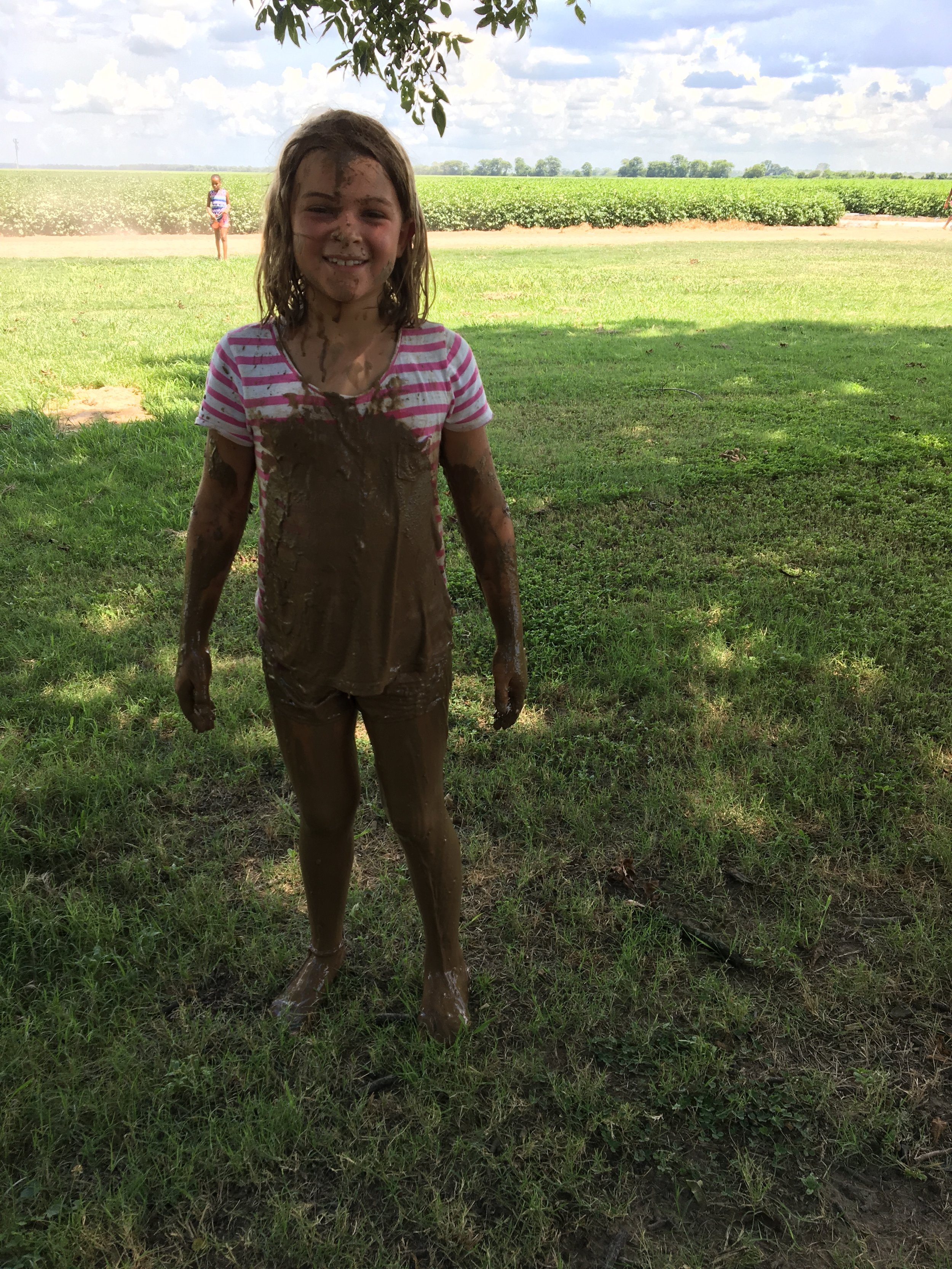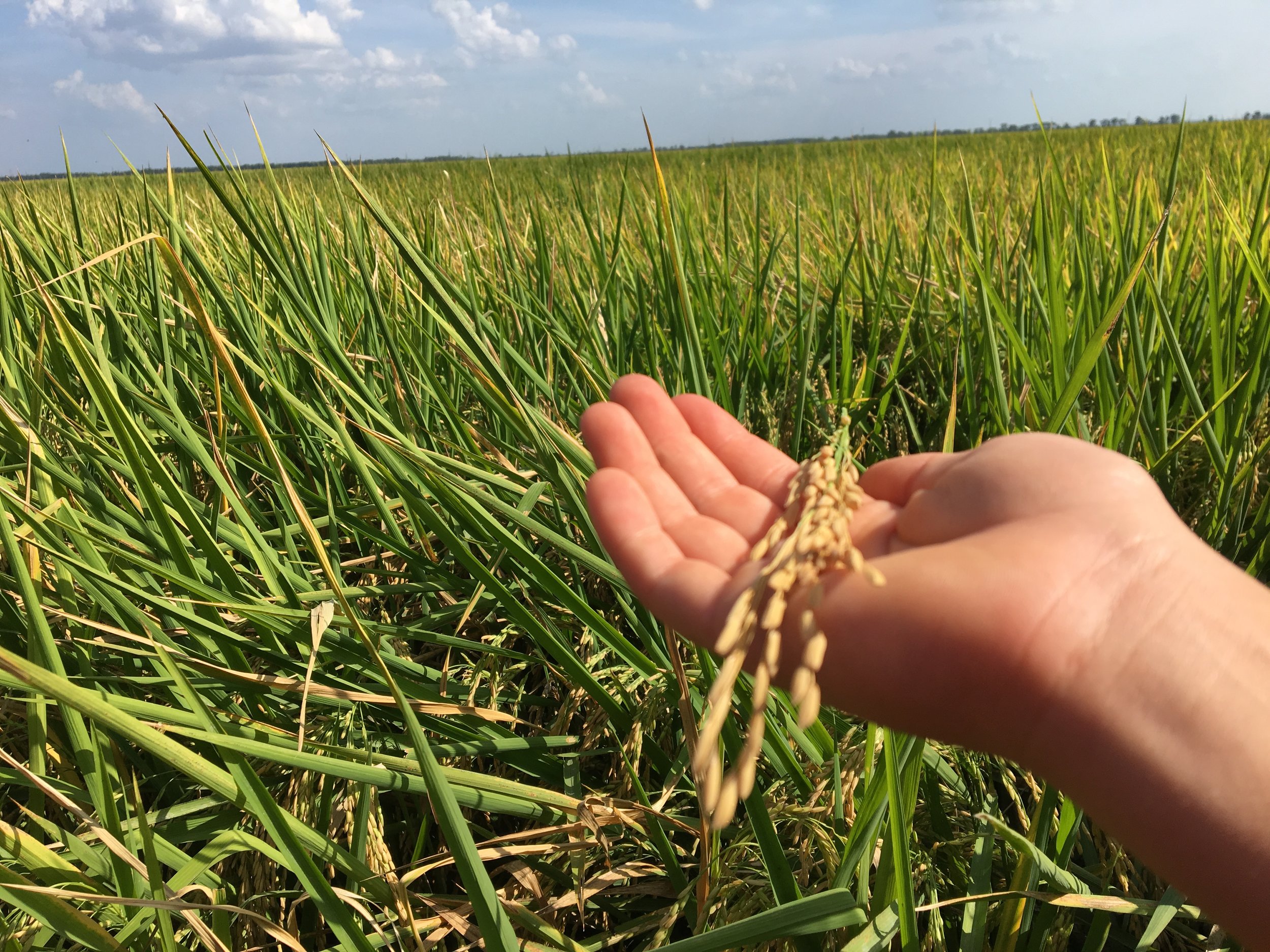On a windy winter day in Little Rock overlooking the Arkansas River, I had the privilege of hearing about Isbell Farms from Mark Isbell. My time with Mark proved once again what I regularly tell people about farmers: "When you stand next to a farmer you're going to get smarter!" Follow along as Mark guides us on a fascinating agricultural journey of international harvests from Arkansas to Cuba and beyond.
Family Farm versus Corporate Farm: What's the difference?
Mark began our conversation by giving us the history of Isbell Farms and explaining why many people are confused by the terms "Family Farm" and "Corporate Farm."
Sustainability
Our visit led into questions about sustainability. I hear that word often and asked Mark to speak in greater detail about what has motivated the sustainable movement and how their farm has used advanced technology and accumulated knowledge to become more efficient.
What Happened to Crop Rotation?
Mark shared specific sustainable practices that have evolved through the four generations of farmers at Isbell Farms. I found it interesting when he explained that, along with the sustainable practices of zero grade rice and AWD, they are in the process of perfecting the use of cover crops to enhance the soil. He helped me understand why the best stewardship of some land types is often planting the same crop year after year rather than rotating crops.
Ethical Farming: Holding Onto Family Values
Even though Isbell Farms is a large family operation, Mark explained how his family still holds the same ethical farming values for sustainability as we remember former generations representing.
American Rice Exports
Mark lives in North Little Rock, Arkansas, and chose this location along the river since a large percentage of American rice is exported. Do you know how much rice America exports around the world and how integral agriculture is to the country's job market?
Why would a farmer from Arkansas be concerned about what people in Cuba eat?
Mark, who was named Rice Farmer of the Year in 2016, is working hard to transform the economic relationship between Cuba and America. He believes in using the food market as an invitation to the table even between governments who don't agree on much of anything. After joining Congressman Rick Crawford (AR) as part of a delegation sent to Cuba, Mark testified to the US House Committee on Agriculture in support of the Cuba Agricultural Exports Act. He explained his position while we visited.
Global Marketing
Farmers are uniquely positioned to intimately know the land and fully invest in the global market. Watch as Mark explains how he navigates these two worlds.
Number Five
My visit with Mark was enlightening and engaging as we touched on many issues faced by American farmers. Isbell Farms is on the cutting edge of these issues as they are committed to feeding the world's growing population while caring for the land to pass along to its fifth generation.

















































































